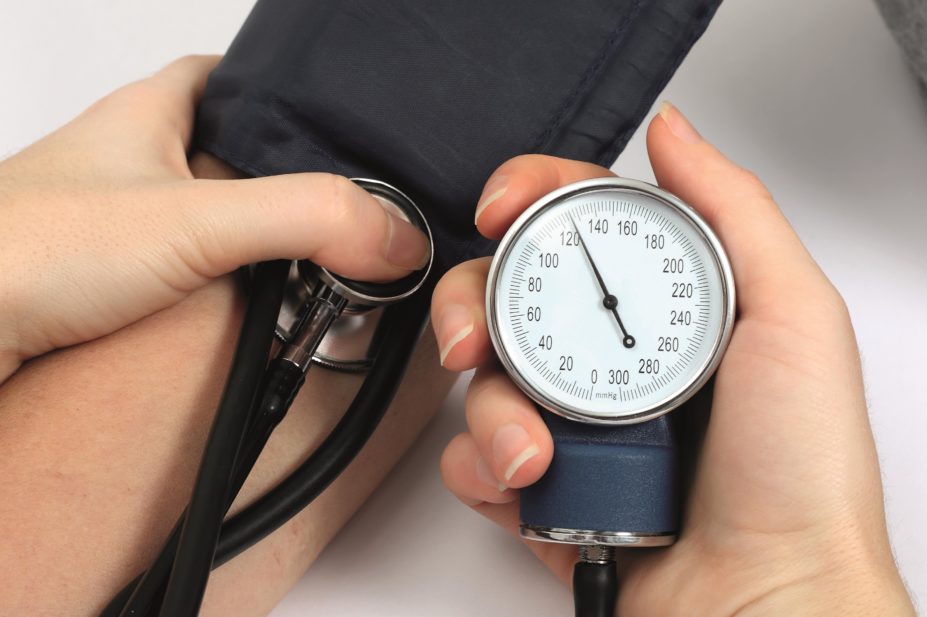
Shutterstock.com
The target for systolic blood pressure recommended by the National Institute for Health and Care Excellence is 140mmHg in patients aged under 80 years, but epidemiological studies have suggested a lower target may be preferable.
A major US study by The SPRINT Research group involving 9,361 hypertensive patients has found intensive treatment to a target of 120mmHg significantly improves cardiovascular outcomes compared with a target of 140mmHg.
The comparison was stopped 3.3 years into the planned 5 years of the trial after the data safety monitoring board found that intensively treated patients were 25% less likely to experience a cardiovascular event and 27% less likely to die from any cause. Participants in this arm of the trial were 43% less likely to die from a cardiovascular event.
The findings, published in The
New England Journal of Medicine
[1]
(online, 9 November 2015), could have implications for quality and outcomes framework indicators in the UK, which currently reward GPs at a target of 150mmHg.
References
[1] The SPRINT Research Group. Randomized trial of intensive versus standard blood-pressure control. New Eng J Med 2015. doi: 10.1056/NEJMoa1511939


